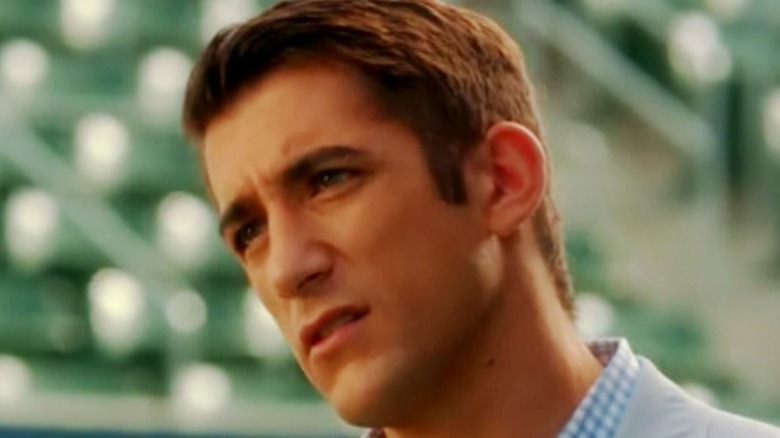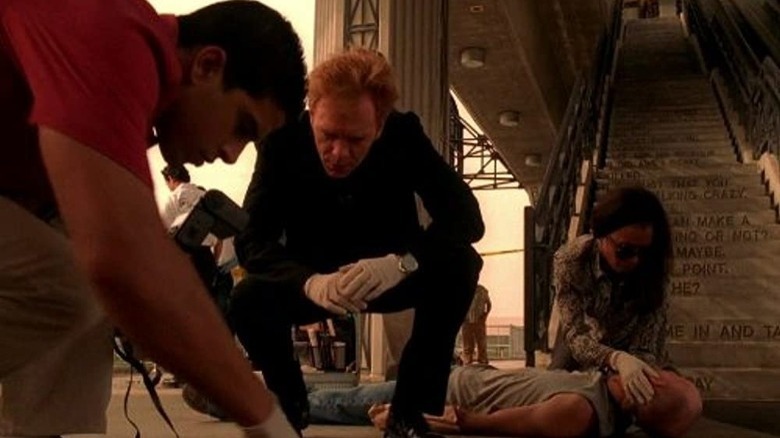What CSI: Miami Gets Wrong About Evidence
TV shows, famously, are often fictional. There's no reason to let reality get in the way of a good story. As viewers, we understand this, yet often we let fiction impact our understanding of the real world. In the criminal justice system, people point to the CSI effect, the tendency for jurors to demand high-tech forensic evidence in cases and assume that such evidence is always accurate.
Prosecutors hate the CSI effect because they feel it puts an unrealistically high demand on the evidentiary support for their case. Defense attorneys hate the CSI effect because it obviates how forensic evidence is subject to interpretation and human error. For example, in 2009, German authorities thought they had a criminal mastermind who committed murders, drug dealing, and home invasions. According to the BBC, a woman's DNA showed up at all these crime scenes, and she was dubbed the Phantom of Heilbronn. That is until they figured out that the DNA they were finding came from a woman who worked at the factory that made the cotton swabs they used for DNA tests. This is why evidence gathering has to be sterile and precise, unlike how it's presented in "CSI: Miami."
Investigators have no time for protocol on CSI: Miami
"CSI: Miami" falls into the trap of many a cop show — valuing aesthetics over the correct procedure. When one of the investigators finds a piece of evidence, do they wait for an evidence baggie? Do they put on gloves? Or booties over their shoes? Nah. Fish that gun out of a trash can with a pencil! Use a hanky to pick up that bone. What could go wrong?
Evidence collecting is supposed to be done in a much more organized and less telegenic way. "Hot Fuzz" is closer to the ideal, with Nick Angel's CSU ex so covered in protective clothing that you can't tell Cate Blanchett plays her. "[R]eal life just doesn't have a big enough budget. It's a bit drab, you know? A bit meh," writes Lucy Mangan for The Guardian. "The lighting isn't great, the surfaces aren't shiny enough, and almost no one gets to deliver gnomic one-liners as he stands over a carefully arranged corpse and puts on his shades." For a TV show, if not real life, fantasy is better than reality.

